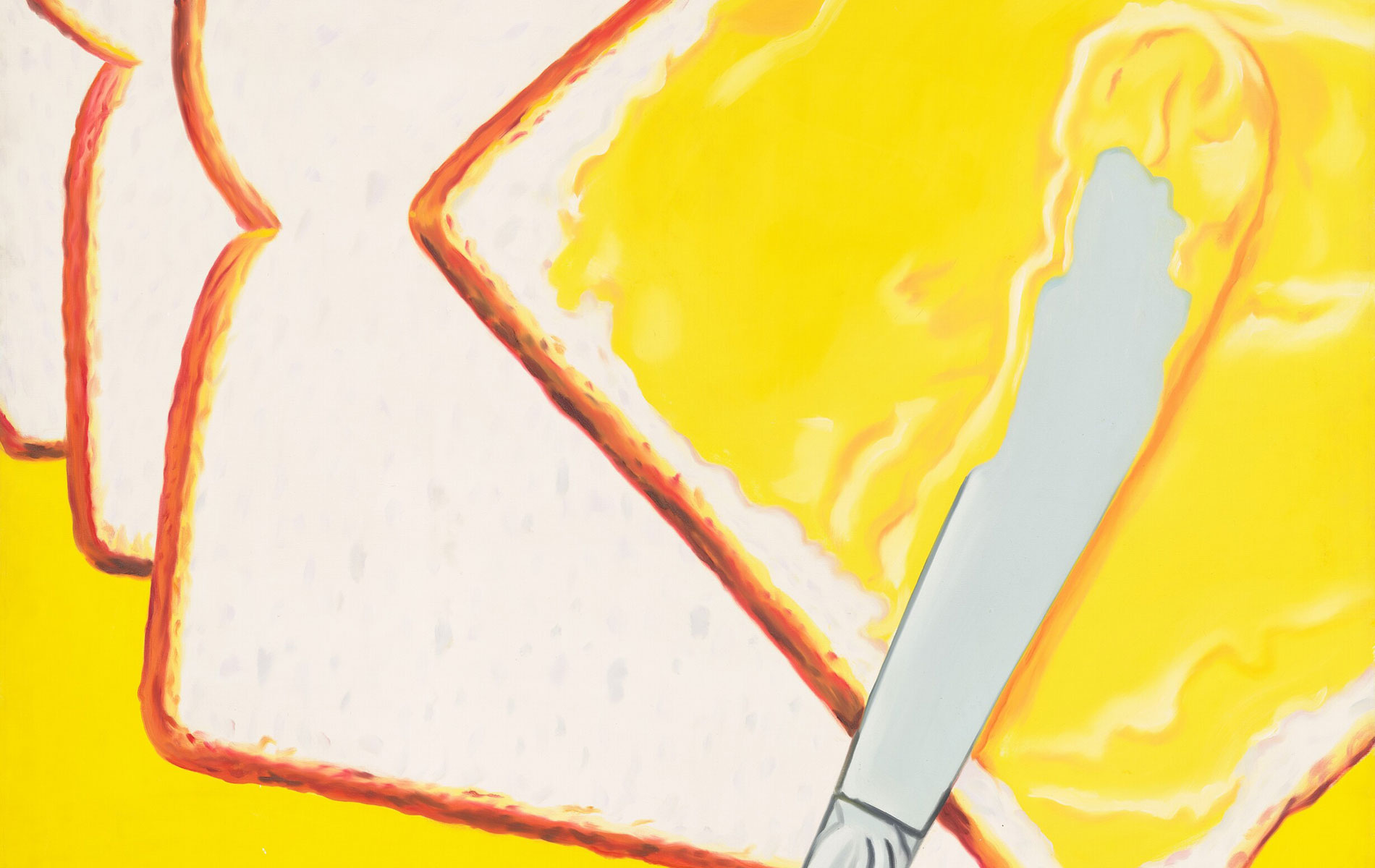Enjoy Winter Art Favorites at the National Gallery
See snowy, rural scenes from American painters of the 1800s, playful abstract drawings by 20th-century artists, an animation of a work from our collection, and more.
Art in Focus
min read

Did you know we have more than 600 artworks that contain food? You can browse more than 150 works and download your favorites for free.
Feast your eyes on some of our favorite food paintings. From Renaissance banquets to 20th century toast, there are more than enough culinary delights for you to enjoy online and in person.

Osias Beert the Elder, Dishes with Oysters, Fruit, and Wine, c. 1620/1625, oil on panel, download image
1. Dishes with Oysters, Fruit, and Wine
On view: West Building, Main Floor - Gallery 50B
Flemish painter Osias Beert filled this tabletop still life with detailed objects and expensive delicacies. The artist celebrates a world of abundance and beauty in a style that shows off his expert use of texture and realistic detail.
Balthasar van der Ast, Basket of Fruits, c. 1622, oil on panel, download image
On view: West Building, Main Floor - Gallery 50B
Dutch artist Balthasar van der Ast painted soft outlines, used muted colors, and selectively highlighted the centers of his still lifes. He reinforced the dramatic effect by bringing objects in the painting close to the viewer and by reducing the space between them.

Pieter Claesz, Still Life with Peacock Pie, 1627, oil on panel, download image
3. Still Life with Peacock Pie
On view: West Building, Main Floor - Gallery 50
This still life by Dutch painter Pieter Claesz is more than four feet across. When you look at the painting, the life-size objects become part of your space.
Watch: 'Have you ever cooked a peacock?' with chefs Carla Hall and Chris Curtis

Luis Meléndez, Still Life with Figs and Bread, c. 1770, oil on canvas, download image
4. Still Life with Figs and Bread
On view: West Building, Main Floor - Gallery 34
Spanish painter Luis Meléndez captured everyday objects in great detail. Notice the effects of color; the subtle changes in texture; and his marvelous use of light, which usually come from the left in his paintings.

Alexandre-François Desportes, Still Life with Dressed Game, Meat, and Fruit, 1734, oil on canvas, download image
5. Still Life with Dressed Game, Meat, and Fruit
On view: West Building, Main Floor - Gallery 53
This "buffet" painting by French artist Alexandre-François Desportes features exquisite cutlery (the bone-handled knife placed on the edge of the wooden table), kitchenware (the copper pot under a basket of oranges), and fine china (the large platter holding the pheasants).

Raphaelle Peale, A Dessert, 1814, oil on wood, download image
6. A Dessert
On view: West Building, Main Floor - Gallery 69A
Raphaelle Peale was considered the first professional still life painter in the United States. This painting showcases Peale’s technical skill as well as the classic order and serene beauty of his works.

Paul Cézanne, Still Life with Apples and Peaches, c. 1905, oil on canvas, download image
7. Still Life with Apples and Peaches
Not on view
“The eye must grasp, bring things together,” Paul Cézanne once said. “The brain will give it shape.” An artist creates the world they paint, and each object in a still life, as well as its placement, is the result of a careful decision.

Robert Seldon Duncanson, Still Life with Fruit and Nuts, 1848, oil on board, download image
8. Still Life with Fruit and Nuts
On view: West Building, Main Floor - Gallery 69A
This painting is part of a small group of still lifes by African American artist Robert Seldon Duncanson. During his lifetime, Duncanson was best known for pastoral landscapes of American, Canadian, and European scenery.

Walt Kuhn, Green Apples and Scoop, 1939, oil on canvas
Not on view
Although American painter Walt Kuhn is most famous for depicting circus workers, still lifes were also an important part of his work. This is one of two major paintings he completed during the summer of 1939 in Ogunquit, Maine.

James Rosenquist, White Bread, 1964, oil on canvas
10. White Bread
On view: East Building, Upper Level - Gallery 407D
James Rosenquist was a major American painter associated with pop art. But he never fit comfortably into the pop category—as this painting demonstrates. He generally avoided brand names and logos, and he approached commercial illustration even more closely than other pop artists.
Our weekly email features news, events, exhibitions, and more.
Thank you. Please check your email for a confirmation message.